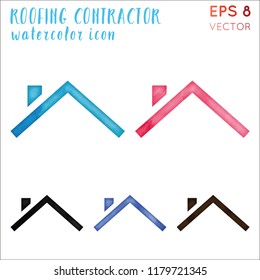Seasonal Factors To Consider For Industrial Exterior Painting: What You Need To Know
Seasonal Factors To Consider For Industrial Exterior Painting: What You Need To Know
Blog Article
Content Composed By-Burnham Rodriquez
When you're intending a commercial outside painting project, seasonal factors can make or damage your outcomes. You'll wish to take into consideration how temperature and moisture effect paint application and drying out times. Choosing the appropriate season can ensure your paint adheres effectively and lasts longer. But which periods are genuinely the most effective for this sort of job? Let's check out the key elements that can influence your project's success.
The Impact of Temperature Level on Paint Application
When you're preparing a business exterior paint job, the temperature level can dramatically influence just how well the paint sticks and dries.
Preferably, you wish to repaint when temperature levels range between 50 ° F and 85 ° F. If it's too cool, the paint might not cure correctly, bring about concerns like peeling off or cracking.
On the other hand, if it's also warm, the paint can dry also quickly, avoiding correct attachment and leading to an unequal finish.
You ought to also consider the time of day; morning or late afternoon uses cooler temperature levels, which can be much more beneficial.
Constantly examine the manufacturer's referrals for the certain paint you're making use of, as they typically offer advice on the excellent temperature level array for optimum results.
Humidity and Its Result on Drying Times
Temperature level isn't the only ecological element that affects your commercial external painting project; moisture plays a significant duty also. High moisture degrees can reduce drying times substantially, influencing the general high quality of your paint work.
When the air is filled with wetness, the paint takes longer to heal, which can cause concerns like bad attachment and a greater threat of mold development. If you're painting on a particularly humid day, be prepared for extensive wait times between coats.
It's important to keep an eye on neighborhood climate condition and strategy accordingly. Preferably, go for moisture levels between 40% and 70% for optimal drying out.
Keeping these factors in mind guarantees your task stays on track and provides an enduring finish.
Best Seasons for Commercial Exterior Paint Projects
What's the best time of year for your commercial outside paint tasks?
Spring and early fall are typically your best bets. During https://www.homesandgardens.com/house-design/how-much-does-it-cost-to-paint-a-house , temperature levels are mild, and moisture degrees are typically reduced, creating ideal problems for paint application and drying.
Prevent summertime's intense heat, which can trigger paint to completely dry as well swiftly, causing bad adhesion and finish. In painted ceiling and walls same color , winter season's cold temperatures can hinder correct drying out and curing, risking the long life of your paint job.
Go for days with temperature levels between 50 ° F and 85 ° F for optimum outcomes. Remember to check the regional weather forecast for rain, as wet conditions can spoil your project.
Planning around https://simonalyzy.elbloglibre.com/34329298/change-your-area-reveal-the-advantages-of-engaging-specialist-home-painters-for-your-home ensures your painting job runs efficiently and lasts longer.
Conclusion
In conclusion, planning your business outside paint projects around seasonal considerations can make a substantial difference in the outcome. By scheduling work during the optimal temperature levels and humidity degrees, you'll make certain much better adhesion and drying times. Remember to keep https://rafaeliudmw.bloggip.com/34419759/enhance-your-home-s-first-impression-the-worth-of-hiring-specialist-residence-painters on local weather prediction and choose the right time of year-- springtime and very early autumn are your best options. Taking these steps will certainly help you accomplish a sturdy and professional surface that lasts.
